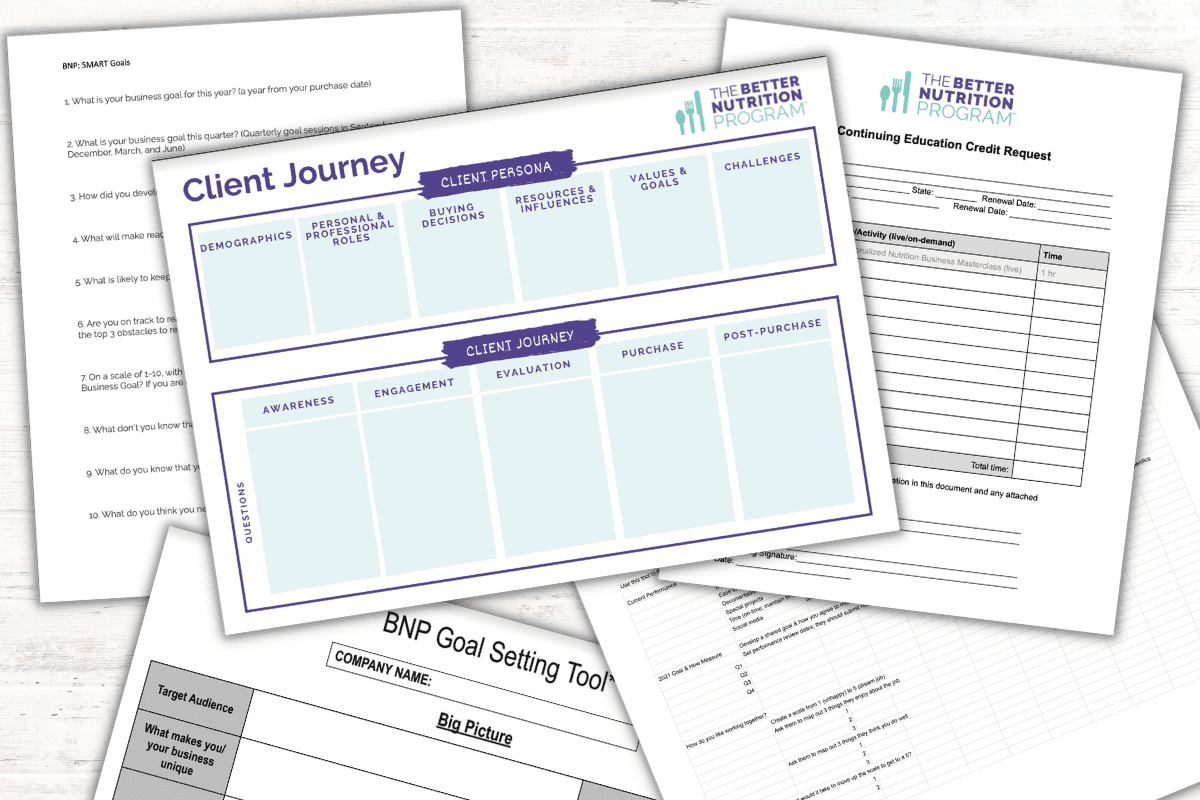Hello processed foods rock. I am currently stuck between you and a hard place.
Trying to eat better while trying to get done your daily to-do list, afford your life, and even find time to enjoy yourself?
Life is so much easier, tastes better, and can work better in your budget with some processed foods but then there’s this…
“FINALLY, THERE’S UNDENIABLE EVIDENCE THAT PROCESSED FOOD REALLY IS BAD FOR YOUR HEALTH” screams this Well+Good headline and echoed by headlines, tweets and Instagram accounts everywhere.

Yeah us too.
Don’t worry, time to become happy and enjoy the better health.
Some processed foods are better for you!
Not suggesting you become a Processedarian or convert to eating everything from a package. But some processed foods are better nutrition tools that help you get and stay healthy. These are just the facts. These are the ones headlines and research studies of 20 people being fed specific processed foods don’t reveal because then you wouldn’t click to read their article.
Kitchen processed foods are your better nutrition tool to get and stay healthy.
It’s 2019. There are lots of inventions that help us get and stay healthier. Kitchen utensils and tools like blenders, dehydrators, steamers, Intsapots, air fryers and sprializers among them. Here are a few reasons why we call them better nutrition tools:
- Want the taste of fried food but don’t want to skip bad for you or too much of any oils? Thank you air fryers.
- Sip on this, better liquid nutrition can be an easier for our body to absorb nutrients.
- Air frying vegetables may mean you eat veggies more often.
- When you blend ingredients you may take in higher amounts of certain nutrients
- Drying fruits and vegetables may make them more delicious and portable so you eat them more often.
- Spiralizing vegetables gives you zoodles of rainbow nutrition more often.
- Blending fruits and vegetables with healthy fat fruits, nuts, and seeds makes them easier to digest, more delicious, and help key nutrients get absorbed better.
- Pureeing in frozen vegetables like cauliflower in place of a banana will help you reach texture goals with less natural sugar for better nutrient balance.
And the list goes on. There are so many benefits to kitchen processed foods.
But we aren’t talking about the ones you process in your kitchen, right?
The million dollar question is “can I buy any processed foods for convenience but still have them help me reach my health goals?”
You can Venmo us your million because the answer is YES.
Packaged kitchen processed foods are better for you.

What can happen in your kitchen, someone else can do for you!
Some examples of kitchen-processing are cutting, cooking with heat, freezing, blending, juicing, removing skin, fermenting, soaking, pureeing, dehydrating, drying, and canning. This is what you could be doing in your own kitchen but you are choosing to pay someone else to do so that you can get it in and get about the rest of your to-do list. #Winning
Use this to determine if a packaged food is kitchen processed:
- Look at the ingredients, not the front of the package (that’s the story they want you to buy).
- Do you recognize them?
- Could they be in your kitchen?
- What has been done to the food? Could you – with the right tools, skill, time, and interest – do this in your kitchen?
Did you answer ‘YES’ to these questions? Enjoy this ‘kitchen processed’ product. Just make sure you review things like serving size and nutrient-balance to figure out how much, how often etc.
Keep in mind that the answer to whether a food is better for you does not come from any of these questions:
- Where is it in the grocery store – perimeter, aisles, checkout, fridge or freezer.
- How many ingredients are on the label – better to give your body ten awesome ingredients than three hyper-processed ones.
- What logos exist on the package – you can have really “clean” ingredients that are hyper-processed too.
Bad News: most packaged processed foods are not kitchen processed.
It’s 2019 and a lot of chemistry lab inventions exist.

“What happens in a chemistry lab should probably stay in a chemistry lab when it comes to food, ingredients and your better health”
Ashley Koff RD
Today, millions of years after the invention of fire and cooking foods, chemistry lab interventions line our food shelves. Whether to meet taste, nutrition, or shelf-life goals, these interventions do to food what cannot be done in your kitchen.
When manufacturers transform food to meet their goals not our body’s needs the results are not better nutrition tools. Here’s what to avoid more often:
- Sweeteners made by removing or altering some chemical bonds can’t be made in your kitchen. They are artificial and your body knows it and doesn’t like it.***
- Some plants provide sweetness in their leaves or fruit – like stevia or monk fruit – so you could enjoy those. But be wary of the versions of these that extract one compound from the leaf or fruit.
- Press many fruits and nuts or their seeds and you get oils. Chemical or very high heat extraction requires a lab.
- Colors that don’t exist in nature don’t deliver the nutrients your body needs. Consuming them can irritate your body as it tries to figure out why you added them to its workload. Coloring farmed salmon to look “wild”, coloring foods to give visual appeal, artificial colors are not better.
- Calcium could come from many delicious different foods like these. But to get calcium cheaply, manufacturers often extract if from limestone. Limestone builds strong buildings not strong strong bones. Choose products that deliver calcium from food sources not chemistry lab extractions of building materials.
What’s the better way to enjoy kitchen processed foods?
Making kitchen processed foods yourself is your better nutrition win. You will save money when you buy ingredients and assemble them yourself. You will balance nutrients better when you create the recipe that’s better for your body.
However, getting in kitchen processed packaged foods is your better nutrition tool too. Make a list of the tools that will help you make better nutrition choices more often. We love shopping for them online – even subscribing to have delivered monthly – to save money and effort. Get started with some our favorites here.
***References:
Fowler, S. P., Williams, K., & Hazuda, H. P. (2015). Diet soda intake is associated with long‐term increases in waist circumference in a biethnic cohort of older adults: The San Antonio longitudinal study of aging. Journal of the American Geriatrics Society, 63(4), 708-715.
Nettleton, J. A., Lutsey, P. L., Wang, Y., Lima, J. A., Michos, E. D., & Jacobs, D. R. (2009). Diet soda intake and risk of incident metabolic syndrome and type 2 diabetes in the Multi-Ethnic Study of Atherosclerosis (MESA). Diabetes care, 32(4), 688-694.
Sakurai, M., Nakamura, K., Miura, K., Takamura, T., Yoshita, K., Nagasawa, S. Y., … & Suwazono, Y. (2014). Sugar-sweetened beverage and diet soda consumption and the 7-year risk for type 2 diabetes mellitus in middle-aged Japanese men. European journal of nutrition, 53(1), 251-258.

















